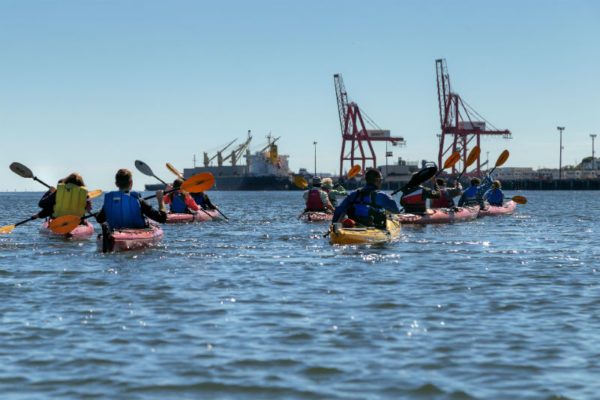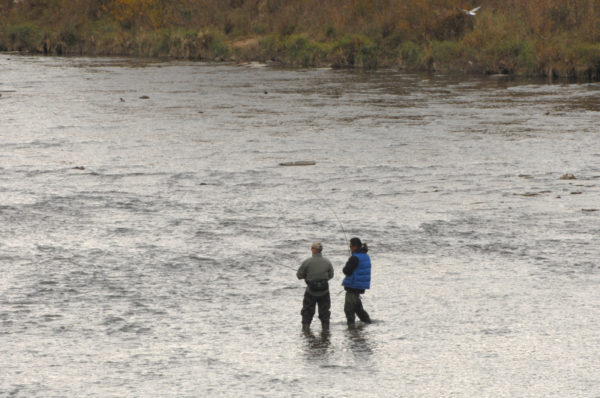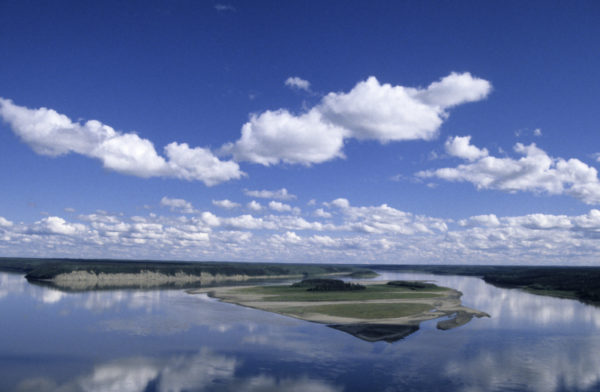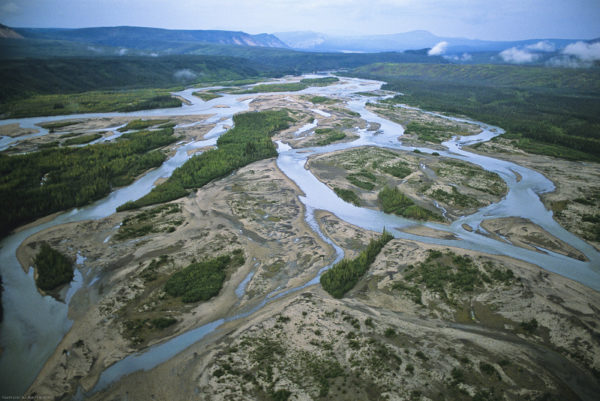Did you know? Five river facts to get you into the flow of Canadian Rivers Day
Canadian Rivers Day is a time to celebrate everything from the cool bugs and amazing plants, to the recreation and economic opportunities these ribbons of water provide our communities.
Before getting outside to get to know your river, check out these five Canadian river facts.
1. Our rivers are young, but full of cultural heritage.
Canada’s rivers are young. The oldest in the world are more than 350-million years old, but in Canada most developed 10,000 years ago after the last ice age. There are 42 designated Canadian Heritage Rivers. This is a system established in 1984 to give special rivers national recognition for the role rivers have played in shaping our towns, communities and economy.
2. We are a country of rivers.
According to Canadian Geographic, there are more than 8,500 named rivers in Canada. Despite this, we do not have a national picture of the overall health of our waters. WWF-Canada is currently working to address the greatest threats to our freshwater ecosystems and protecting their health. All rivers are part of a watershed, an area of land that collects rain and snow that drains through streams and rivers into a common body of water. In Canada, we have 25 major watersheds across the country. WWF is working to complete the watershed reports by 2017 to assess the health of all of our country’s watersheds and understand the threats they face. Our assessments to date show that many of our watersheds are threatened by climate change, pollution and habitat fragmentation.
3. Our rivers come in various sizes.
The shortest river in Canada, and the second shortest in the world, is the Powell River in B.C at only 500 metres long. The Mackenzie River is the longest river in Canada at 4,241 km long and feeding more than 50,000 lakes. The Skeena River is the second largest river in B.C and is one of only a handful wild rivers of this size that flow unobstructed by dams from headwaters to the sea. The Skeena is 610 kilometres from its beginning to its rich estuary near the city of Prince Rupert on the Pacific coast and is Canada’s second largest wild salmon fishery.
4. Our rivers flow north.
Nearly half of Canada’s freshwater drains to the north, to the Arctic Ocean, Hudson Bay and James Bay. Annually, Canada’s Rivers discharge seven per cent of the world’s renewable water supply at a flow rate per second more than four times that of Niagara Falls.
5. Our river species are amazing but are under threat.
According to WWF, freshwater species worldwide have declined by 76 per cent in the past four decades, showing more decline than terrestrial or marine species.
- The Coastal Tailed Frog is one of the most primitive frog species in the wild and found in B.C. headwaters. It lives longer than most other frog species in the word with a lifespan of 20 years.
- The Lake sturgeon is Canada’s largest freshwater fish and can grow up to 180 kg., and over two metres long. They can live up to 100 years and can travel up to 400 km to their spawning grounds. The largest sturgeon was from Roseau River, Man., and weighed 185 kg.
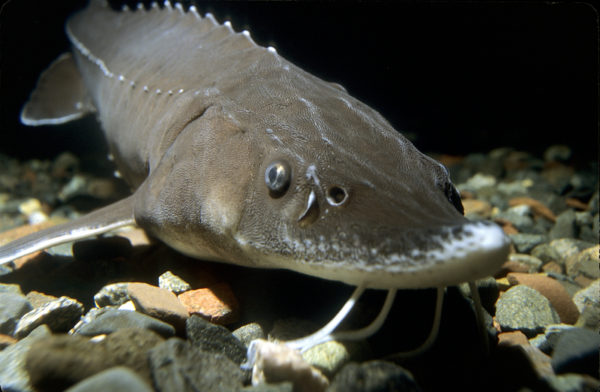
- Six different species of salmon live in Canada. Salmon habitat, like the habitat of many freshwater species, is under threat. The widespread causes of decline for Atlantic salmon are not well understood, but climate change and changes to habitat and water quality pose ongoing threats to salmon populations.
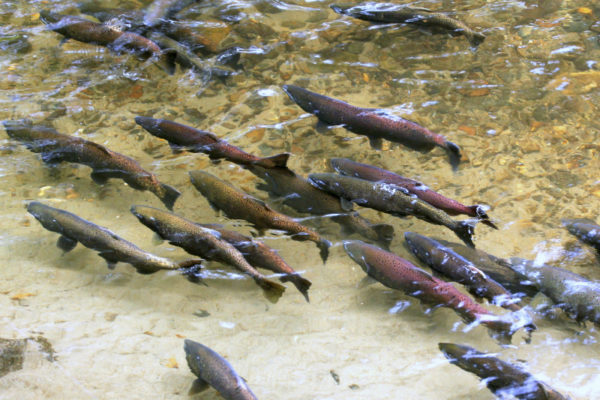
- Canadian rivers are also home to freshwater mussels, the most endangered group of freshwater species in North America, which are affected by pollution and invasive species.
- You can learn more about freshwater species at risk in this video from Love Nature for WWF Water Wednesday.
To learn more about WWF-Canada’s work on freshwater conservation, visit wwf.ca/freshwater.

